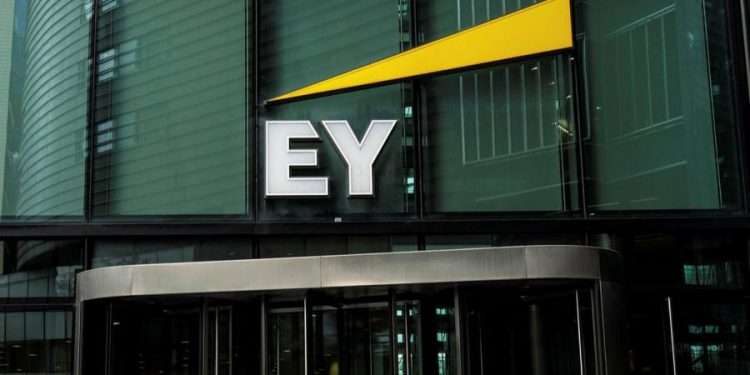Corporate Climate Disclosure Report
The international accounting firm Ernst & Young (EY) releases a corporate climate disclosure report aimed at identifying the trends, opportunities and problems faced by companies in relation to climate change. This report is also the fifth edition of the climate risk disclosure report released by EY.
Ernst & Young believes that the focus of climate information disclosure in the past decade has been on the design of regulatory documents, and that future climate information disclosure will transition from the commitment and target level to measurable results. Along the way, companies face demands from regulators, investors, and other stakeholders.
Related Post: Development of Global Climate Disclosure Policy
Overview of Corporate Climate Disclosure
Ernst & Young surveyed 1,500 companies in 51 countries around the world and conducted analysis based on the four pillars (governance, strategy, risk management, metrics) of the International Sustainability Standards Board (ISSB). Overall, the quality of corporate climate information disclosure is gradually increasing (from 44% to 50%), and the coverage of information disclosure is also increasing (from 84% to 90%).
However, the four pillars by Taskforce on Climate-related Financial Disclosures (TCFD) has been established for more than eight years. EY believes that the current climate information disclosure score is still far from global climate goals, and companies need to take practical steps.

Corporate Climate Risk and Financial Performance
A company’s climate risk disclosure is not a simple reporting task, and this information may affect the company’s financial performance. 33% of companies disclosed climate-related financial impacts in their financial statements, of which more than 70% chose to disclose climate risks qualitatively, and the remaining 30% chose to disclose climate risks quantitatively. 31% mentioned climate risks in their information disclosures, and 20% mentioned asset impairment.
In terms of quantitative disclosure of climate risks, the telecommunications industry, transportation industry, financial institution industry and energy industry have made the fastest progress, which may be related to the relatively higher climate risks they face. 58% of companies have conducted scenario analysis, which is higher than last year (49%). Some companies have already begun incorporating climate risk planning into stress testing.
Information Disclosure Based on IFRS S2
ISSB launched the climate-related disclosure standards (IFRS S2) this year, requiring companies to disclose climate information as required in 2024. ISSB’s disclosures allow companies to make certain adjustments based on the specific requirements of their jurisdictions to reduce the burden of complex information.
In terms of governance, 59% of companies disclosed their overall climate-related plans and how they will achieve these goals with board and senior management. 37% disclosed information on the control and integration of climate-related activities. On the strategy side, 65% disclosed progress on climate targets, with 57% disclosing physical and transition risks. In terms of risk management, only 3% of companies disclosed information on processes related to identifying climate risks. In terms of metrics, 54% disclosed Scope 3 carbon emission information, and 33% of companies have invited third parties to verify this information.
Disclosure of Corporate Transition Plans
Transition plans outline how companies will move existing assets and business models toward a climate-compliant trajectory and can help companies consider future climate risks. Transition plans are also core requirements of IFRS S2. EY found that 53% of companies are disclosing transition plans and developing decarbonization pathways.
Among non-financial industries, the energy industry, mining industry, and transportation industry are leading the way in formulating transition plans. In the financial industry, the insurance industry and banking industry are in the leading position. 68% of companies have reported opportunities in the transition to a low-carbon economy, and 52% of them believe that the low-carbon economy will help create innovative products and services.
Reference:








